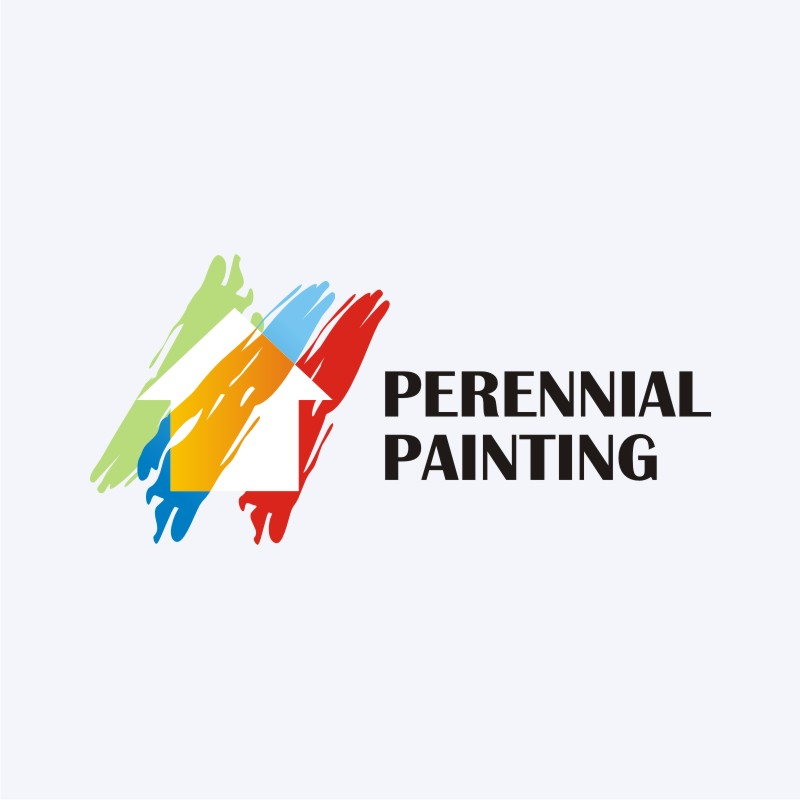Recognizing The Effects Of Climate On Industrial Paint Tasks
Recognizing The Effects Of Climate On Industrial Paint Tasks
Blog Article
Short Article Produced By-Dejesus Deleuran
When you're taking care of a business paint task, you can't overlook exactly how climate plays a critical role in your success. Variables like temperature level, humidity, and wind can either improve or undermine your initiatives, impacting everything from application top quality to safety on the job site. You might assume you can repaint anytime, however the reality is that specific conditions can result in costly delays or poor coatings. Recognizing these components is key, but what specific strategies can you apply to ensure optimum results among unpredictable weather?
Temperature and Paint Application
When it concerns industrial paint, temperature plays a critical duty in just how well the paint adheres and dries out. If you're planning a task, keep an eye on the temperature array suggested by the paint manufacturer. Preferably, you intend to work within that variety for optimal results.
When temperatures are too low, paint can come to be thick and harder to use, bring about irregular protection. You might find yourself having problem with brush strokes or roller marks that just won't disappear.
On the flip side, high temperatures can cause paint to completely dry too swiftly. This can result in problems like breaking or peeling, as the paint does not have adequate time to bond properly to the surface area.
If it's also warm, consider arranging your help cooler parts of the day, such as morning or late afternoon.
Moisture and Complete Top Quality
Moisture substantially affects the surface high quality of commercial painting tasks. When humidity levels are high, moisture in the air can disrupt the drying process of paint. This can lead to problems like poor attachment, irregular finishes, and enhanced drying times.
commercial painting location could find that your paint takes longer to heal, which can delay your task timeline.
On the other hand, low moisture can additionally present troubles. If the air is also completely dry, paint can dry out too swiftly, preventing correct progressing and causing a rough surface. You want your paint to stream smoothly, and quick drying can hinder that, leaving you with an unacceptable surface area.
To accomplish the best coating, go for humidity degrees between 40% and 70%. This range permits ideal drying out problems, ensuring that the paint sticks well and degrees out properly.
Consider making use of dehumidifiers or fans to control dampness in interior jobs, and try to prepare outdoor projects for days when humidity is within the perfect range. By focusing on check here , you can improve the final appearance and durability of your commercial paint task.
Wind and Outdoor Problems
While you mightn't think about wind as a significant factor, it can considerably affect the outcome of outside industrial paint jobs. High winds can interrupt your application procedure, triggering paint to dry as well rapidly. When paint dries also quick, it can lead to an irregular coating or noticeable brush strokes.
You'll also deal with challenges with paint overspray, as wind can carry particles away from the desired surface area, leading to wasted materials and potential damage to bordering locations.
Additionally, strong gusts can create safety risks at work site. Ladders and scaffolding are a lot more susceptible to tipping in windy conditions, putting your staff in jeopardy. https://interiorhomepaintersnearm99887.blog-a-story.com/13869309/methods-to-establishing-an-allocate-an-industrial-outside-paint-job-that-ensures-high-requirements-are-met to keep track of wind speeds prior to starting a job. If winds surpass secure limits, it's finest to delay your work to make certain a top quality surface and preserve safety and security.
On calmer days, you can make use of the perfect problems to achieve smooth, expert outcomes. Always inspect the weather forecast and plan accordingly.
Verdict
In conclusion, understanding just how climate impacts industrial painting is vital for achieving the best outcomes. By keeping track of temperature, humidity, and wind conditions, you can schedule your tasks during ideal times. This not only ensures a smooth application yet also boosts the top quality of your finish. So, keep an eye on the forecast and plan as necessary-- doing so will save you time, cash, and aggravation while providing an expert end result whenever you paint.
